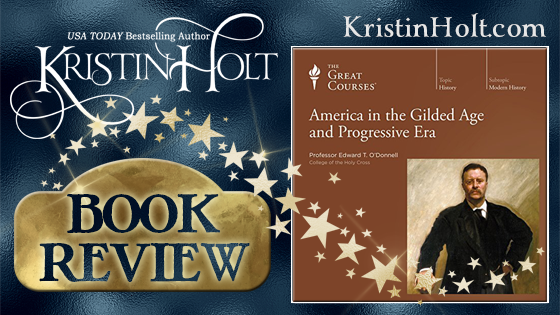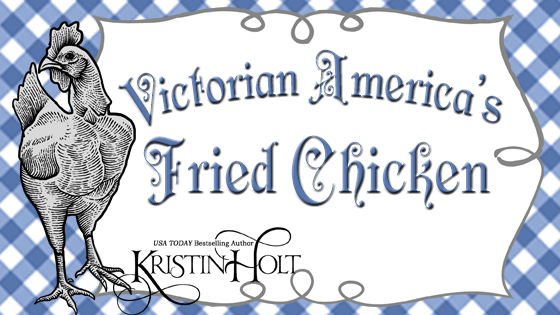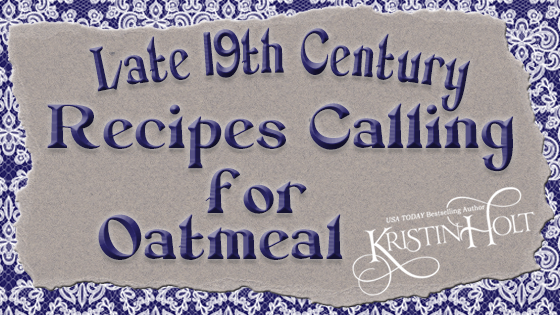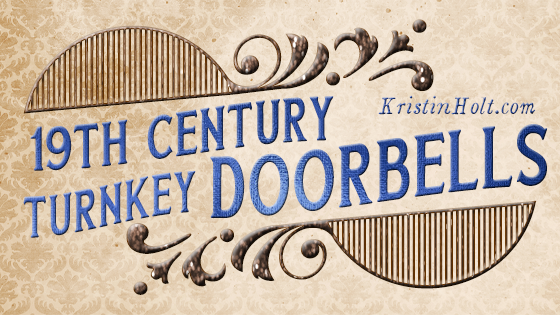
by Kristin Holt | Jul 17, 2019 | Articles
I listened to The Great Course’s 12-hour production: America in the Gilded Age and Progressive Era. This audio book title rates a full five stars and I recommend it to all fans of late nineteenth century American life–including those who enjoy it as a backdrop to their favorite fictional tales.

by Kristin Holt | Jul 6, 2019 | Articles
July 6th is (United States’) National Fried Chicken Day. A perfect time to acknowledge and celebrate the love of fried chicken throughout the nineteenth century. Not only was this dish well-established in the colonies (17th and 18th centuries), it was a favorite throughout the States as the nation expanded to the California coast. Vintage newspaper clippings detail restaurant menus featuring fried chicken and provide vintage instructions for frying succulent drums, thighs, and breasts. Apparently folks said thank you with a good meal then, the same as they do now.

by Kristin Holt | May 27, 2019 | Articles
Oatmeal took its place in the Victorian-American kitchen in the late 19th century. We’ve discovered oatmeal cookies (with and without raisins), oatmeal porridge, oatmeal in toiletries; now more late 19th-century recipes that call for oats. Delicious dishes like oatmeal puddings, oatmeal custards, oatmeal cream pie, oatmeal muffins, oatmeal biscuits (sweet), “parkin”… and a rather scary option– Oatmeal Soup.

by Kristin Holt | Mar 22, 2019 | Articles
I’ve read fiction set in the nineteenth century that references doorbells– and gets it right! (I can’t properly convey how giddy this makes me!) Picture that turnkey doorbell that makes a mechanical clattering sound inside the house.

by Kristin Holt | Feb 11, 2019 | Articles
Etiquette and all that is deemed “good manners” morphs over time. Behavior that our nineteenth-century ancestors would find appropriate has largely disappeared, and today’s idea of a man’s best actions with his hat would appall our great-granddaddies. Specifically speaking, “Common Details of Western Historical Romance that are Historically Incorrect, Part 2” entails nineteenth century hat etiquette–specifically men in the company of women–and contains more vintage citations than my earlier post titled Hat Etiquette of the Victorian Era.













